Important hand signals when road cycling
No, the middle finger is of course not part of it – however, the hand signals when riding a road bike ensure clear communication. Standardised hand signals are particularly important in larger groups or on a faster ride.
These are the hand signals used on group rides in Germany. Please also inform yourself about the hand signals used in your country.
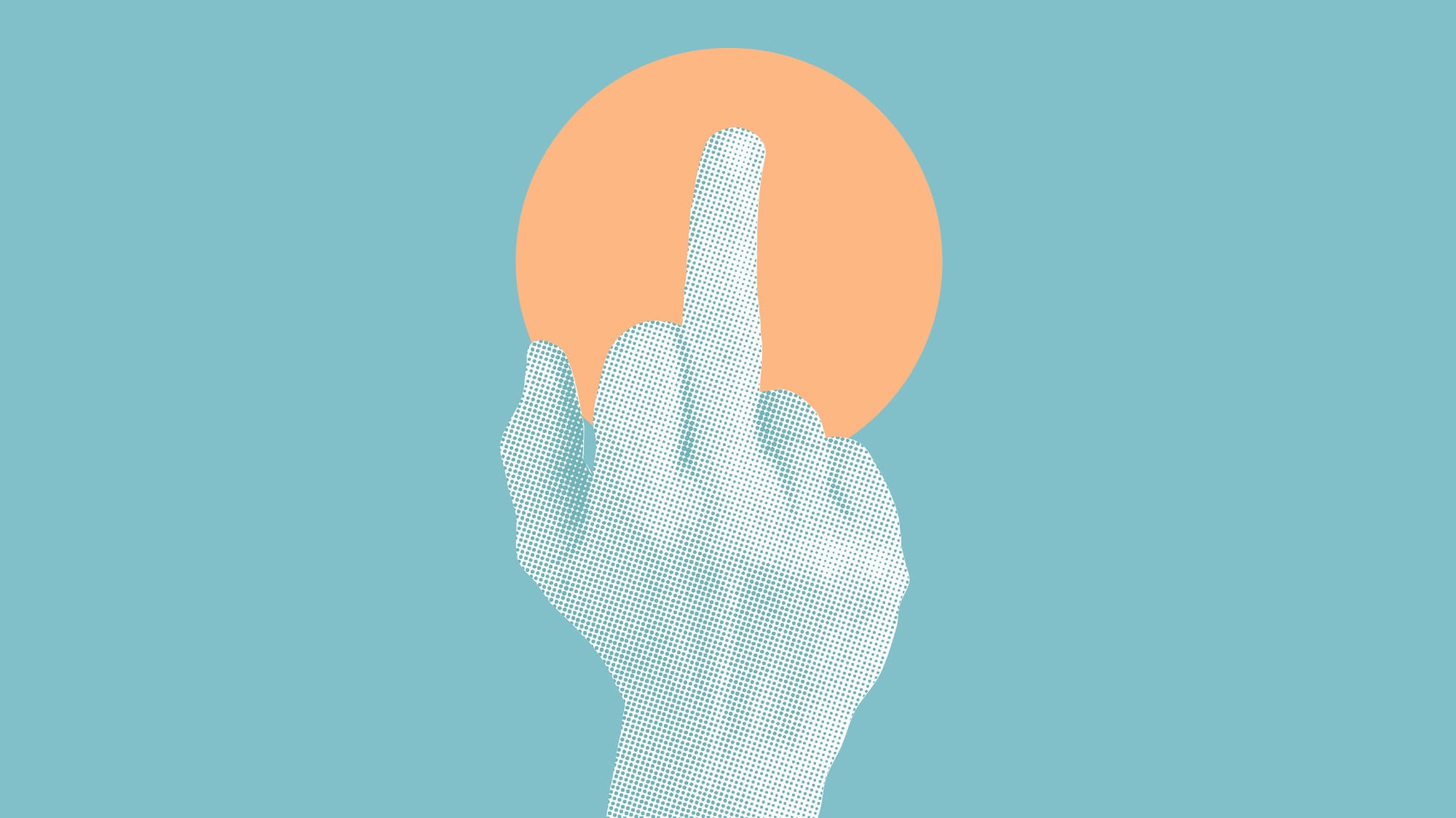)
Stop or attention: Raised, flat hand
Simple, understandable, effective: Raise your hand flat to indicate that those behind you should be ready to brake and not accelerate. They may have to brake and slow down immediately. There might be a standstill if, for example, a red traffic light follows.
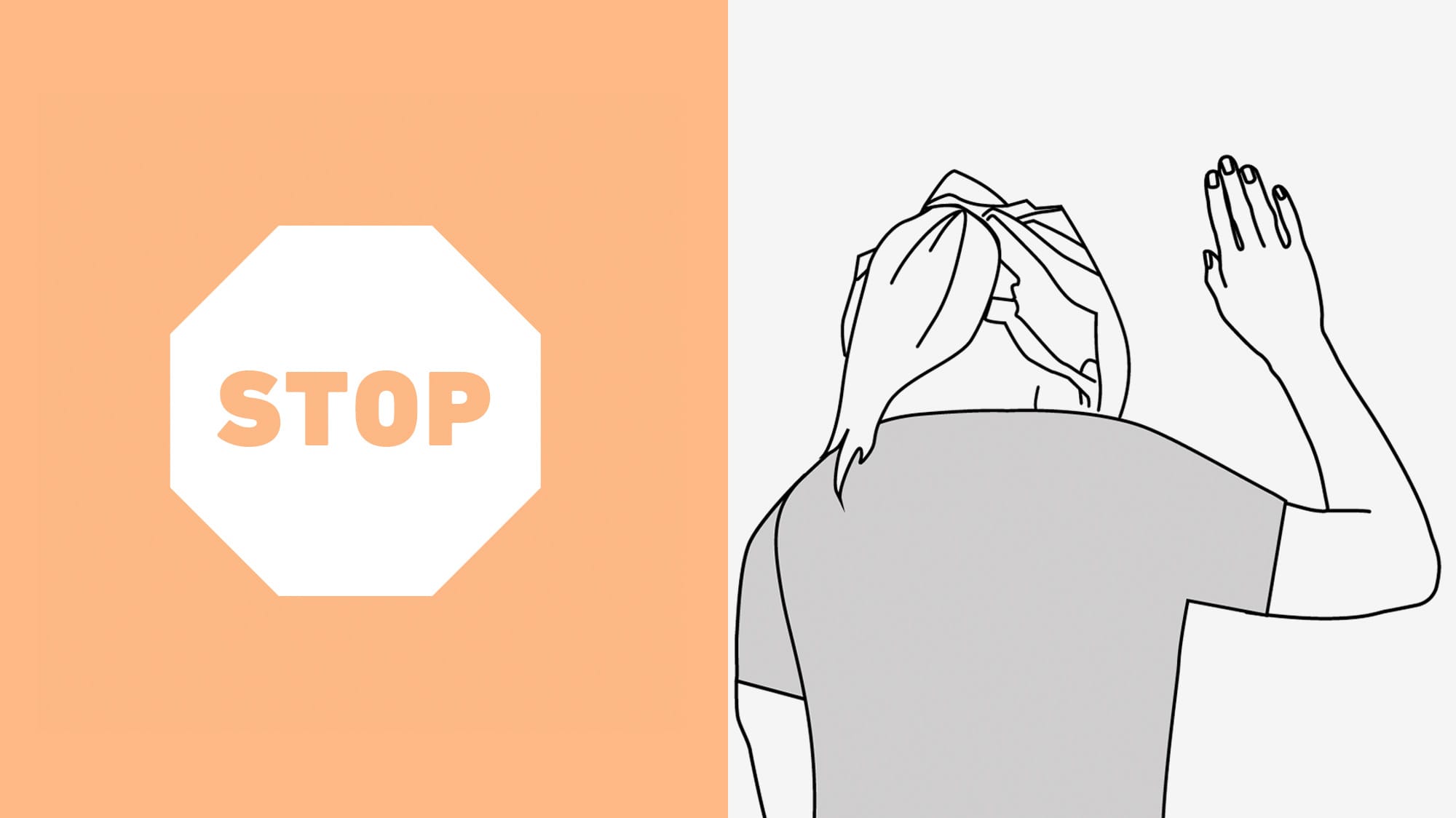)
Attention railway crossing: Two fingers behind the back
Two fingers, rubbed horizontally along the back, show that the rear riders should be prepared for a gate and tracks.
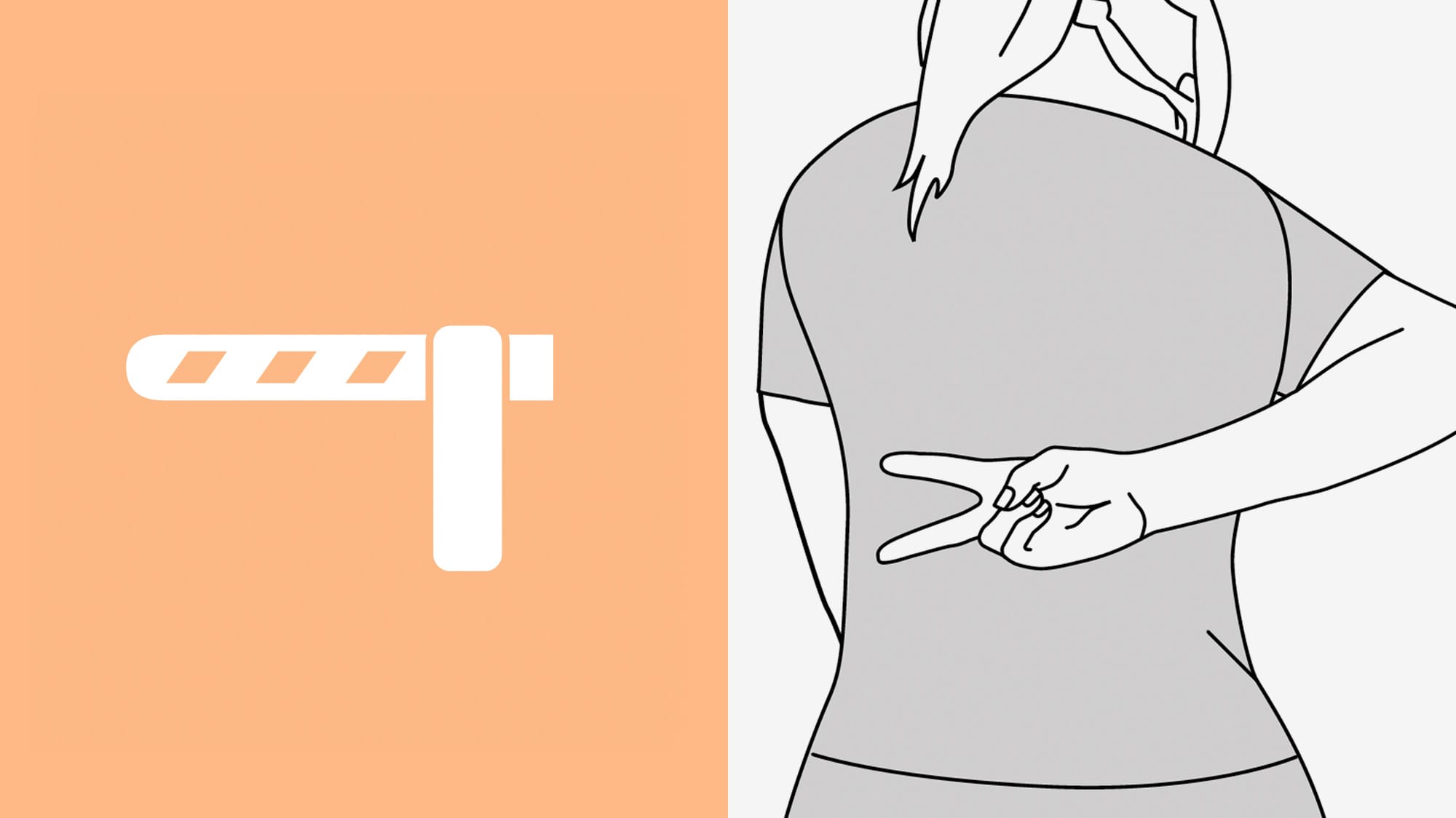)
Slowing: Move your hand up and down in parallel (palm up)
If following riders behind you need to slow down immediately, signal this by moving your hand up and down either parallel in front of you or behind you in the direction of the ground. This is often followed by a stop sign, a stationary obstacle such as a stopping car or another hazard.
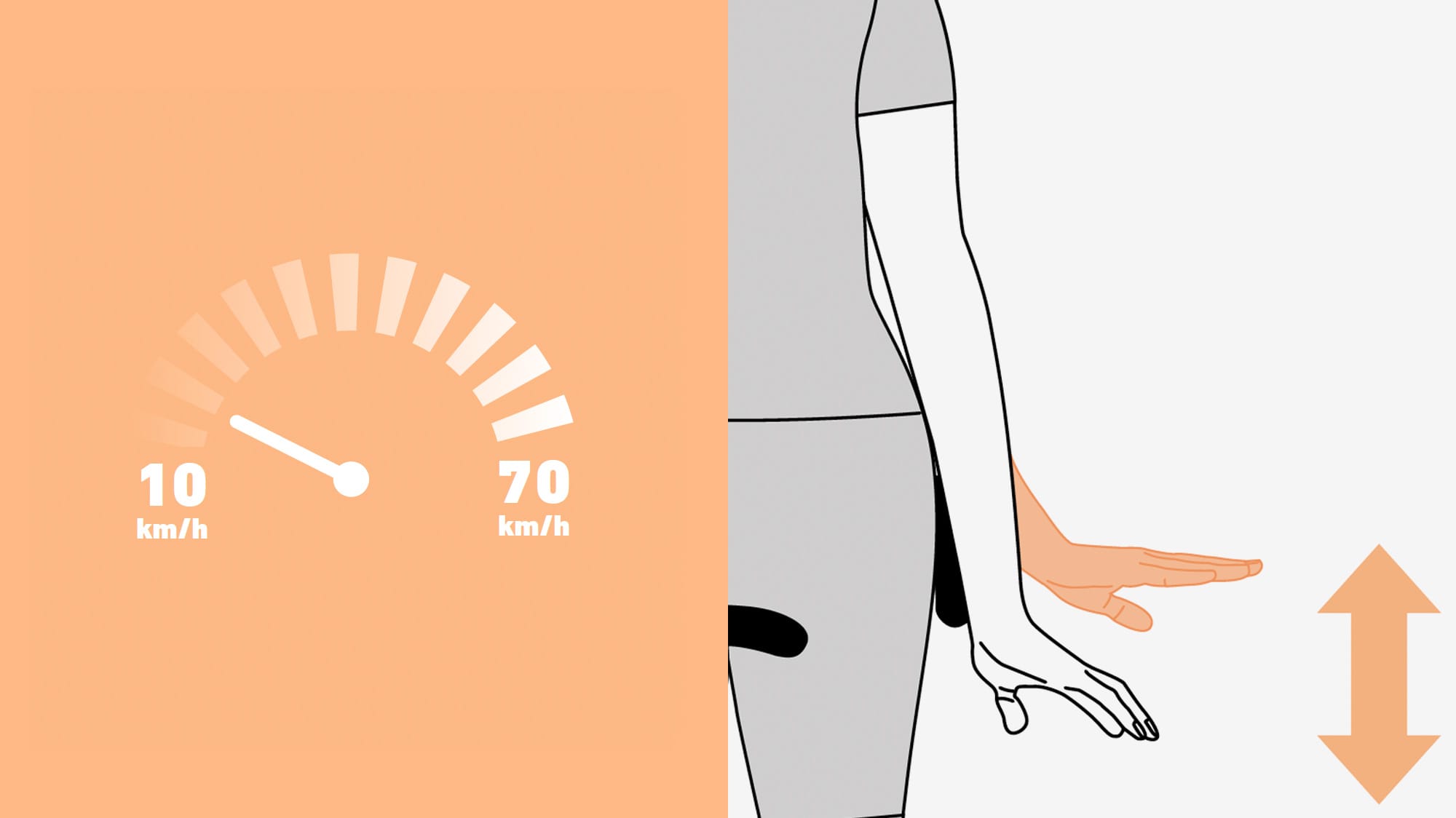)
Turning (left/right): Outstretched arm
If you want the whole group to turn, point the direction with your whole outstretched hand in the direction you want them to go. This hand signal is probably the best known.
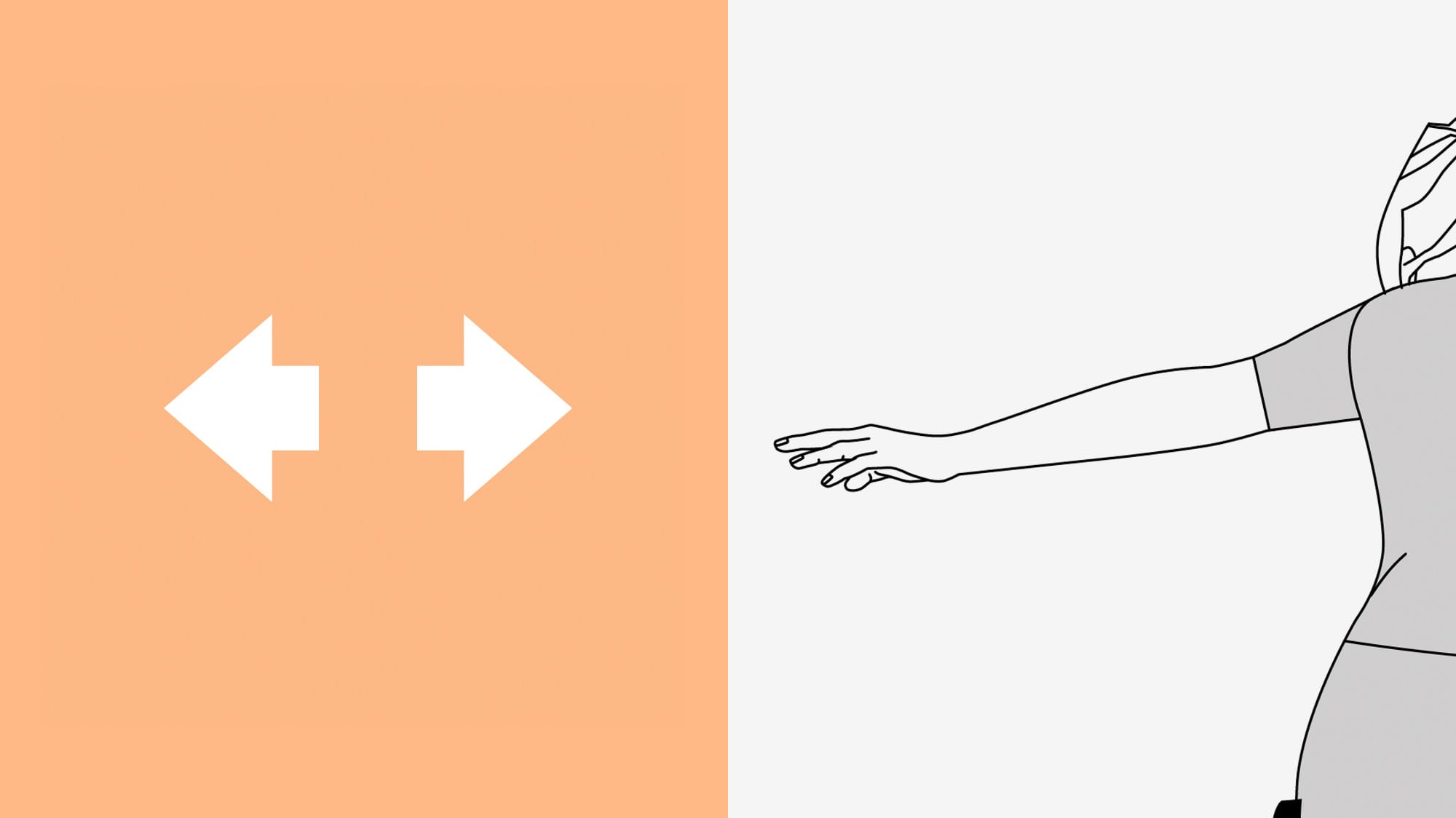)
Watch out for obstacles on the floor: Outstretched index finger
Point to an obstacle with your outstretched index finger. This could be, for example, potholes, chippings, a large stone or dirt that jeopardises cycling.
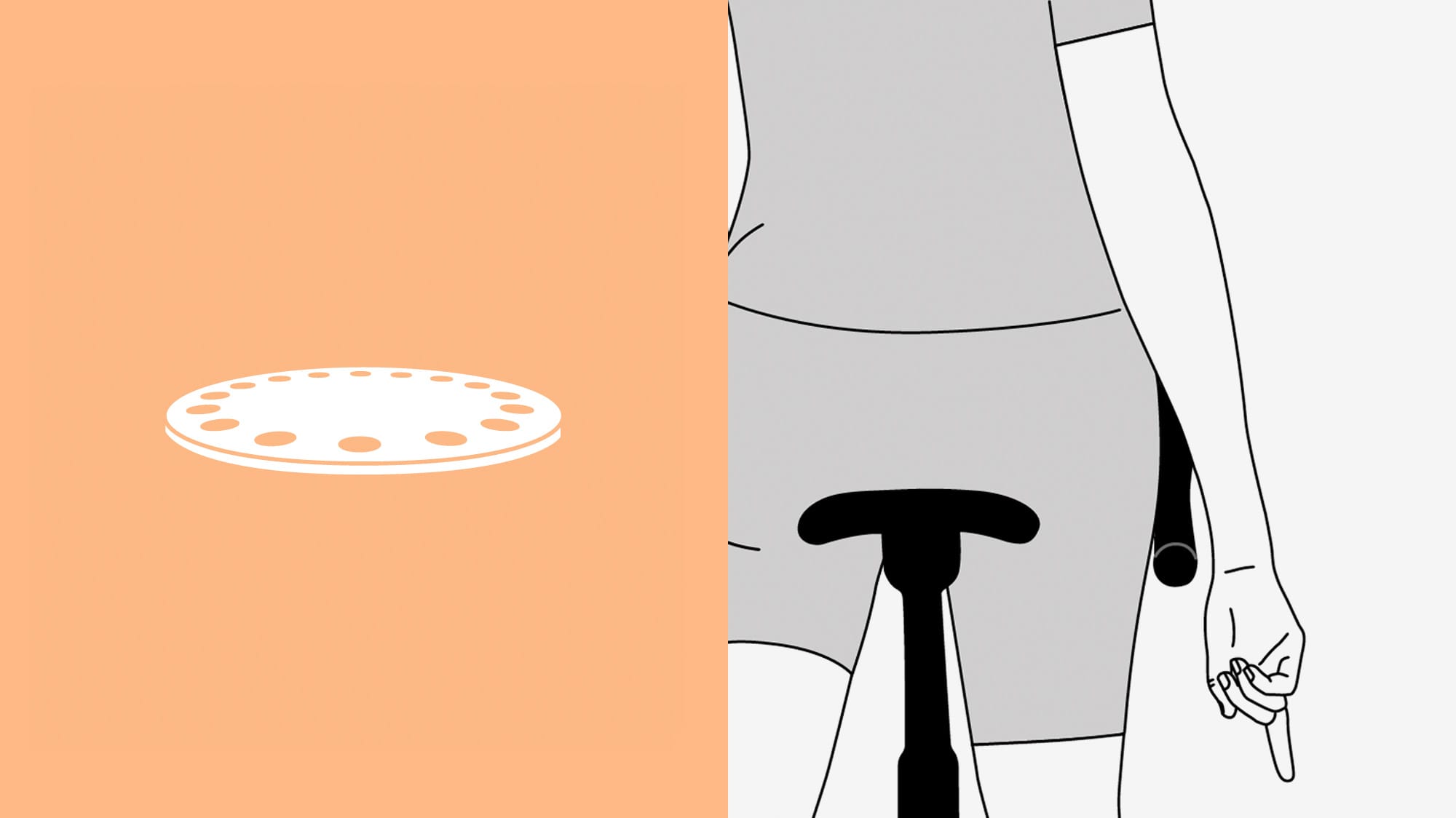)
Pedalling while standing: Hand moving up and down (palm down)
An important signal before you switch to pedalling while standing. If you get out of the saddle, the people behind you have less space and therefore less safety reserves. With this hand signal, you are showing other riders that you are getting out of the saddle and that they should keep more distance with their bike.
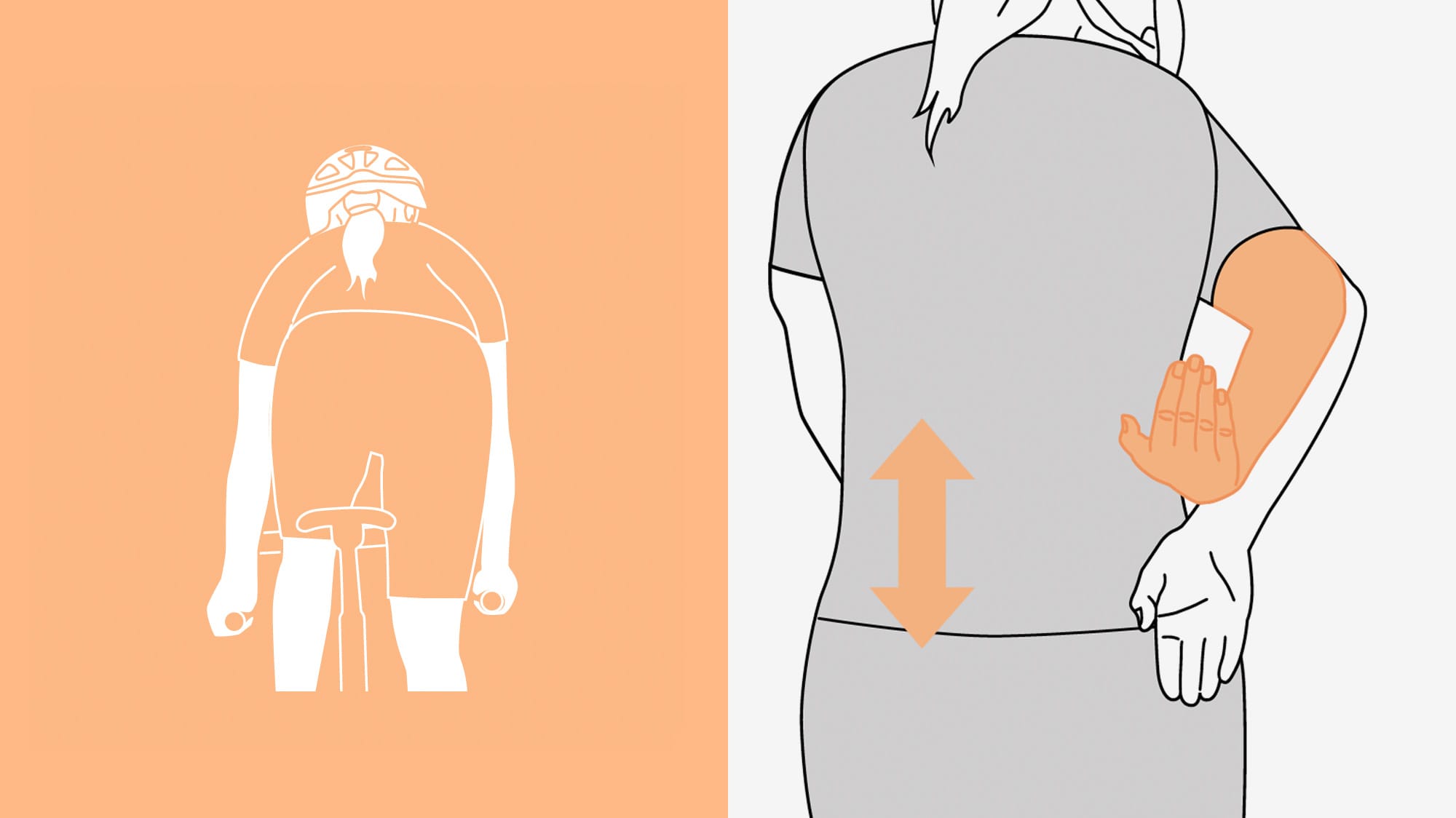)
Falling in line: Vertically move your left hand behind the back
An important move if it's tight or a car is approaching from the front: wave your left hand vertically behind your back. This indicates that the cyclists behind you should not swerve out of the lane. This hand signal is also important if you are riding in a large group on narrow roads.
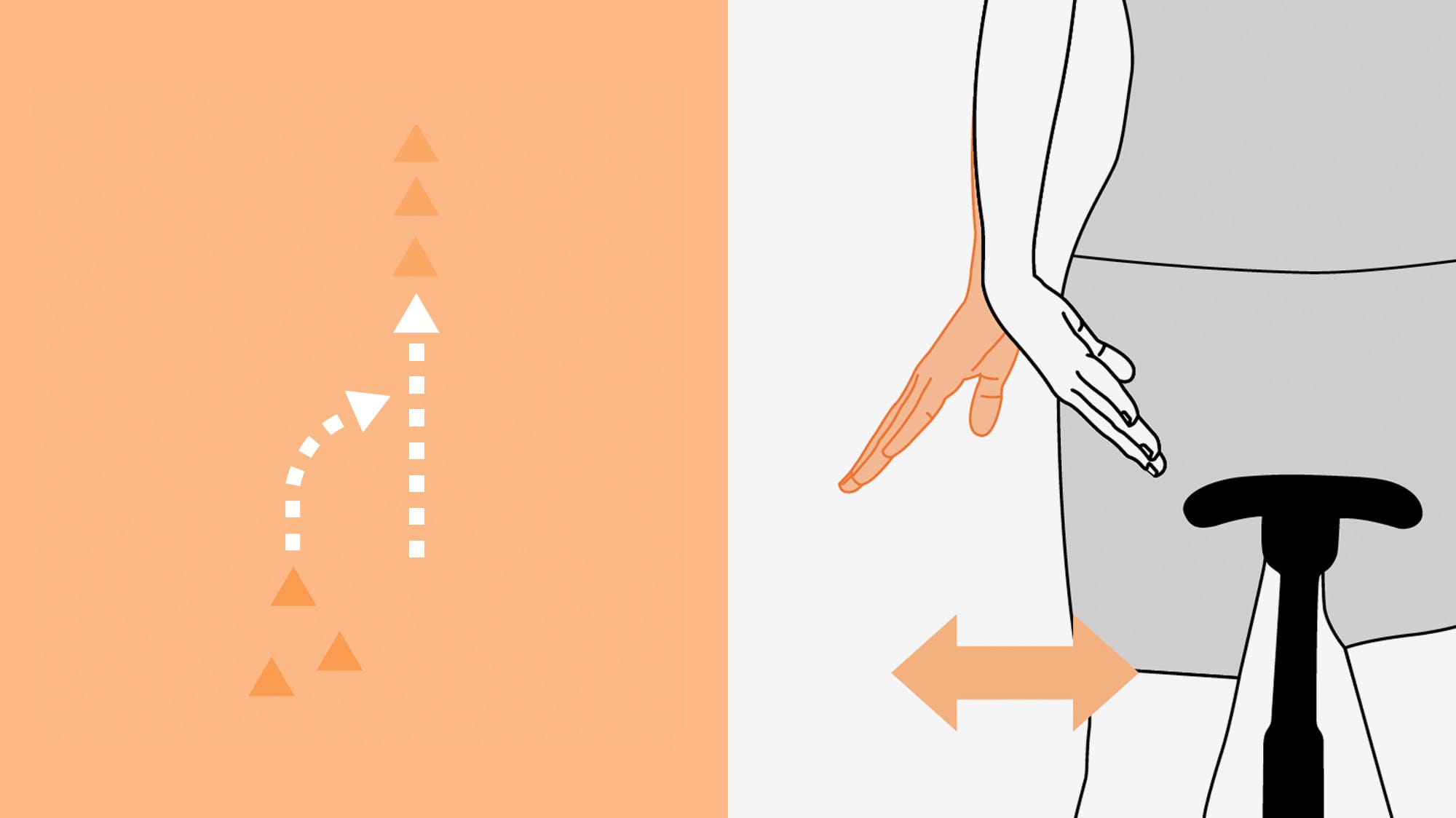)
Overtaking: Vertically wave your right hand behind the back
If there is a slow cyclist in front of you that you want to overtake, indicate this with your right hand. This way, you can also safely overtake parked cars.
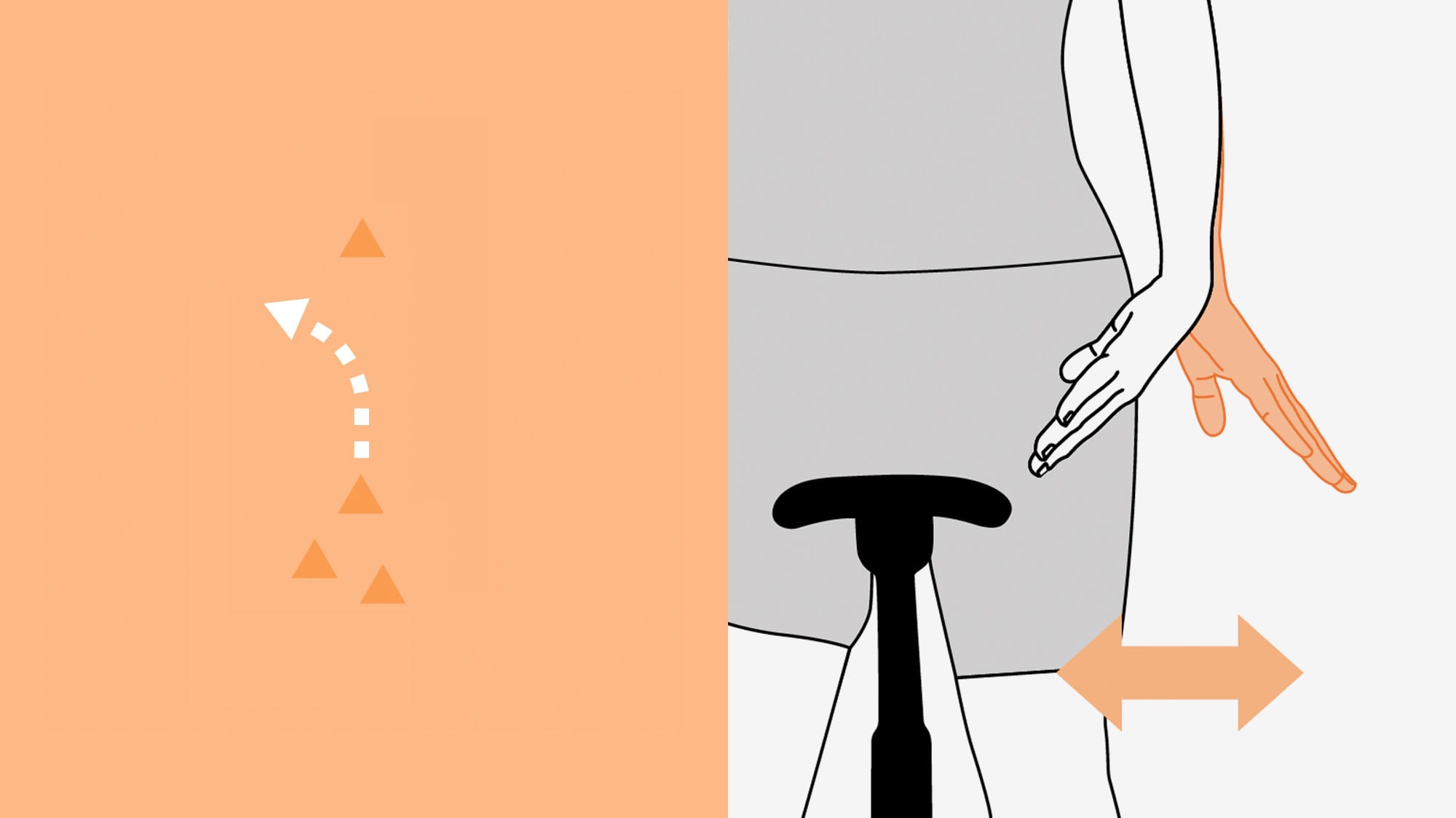)
When group riding on the road, communication via hand signals is essential. They make riding much safer for the entire group, both in a well-established small group and in a large community. It is best to always ride in rows of two and remember to show the hand signals so clearly that even the last rider recognises it. If there is no need for a hand signal, remember: Keep the hands on the handlebar!
ROSE Bikes offers you a diverse selection of road bikes, clothing, bike parts and bike accessories for your safety and much more. Everything in one shop to order conveniently from home or buy on site with personalised advice.
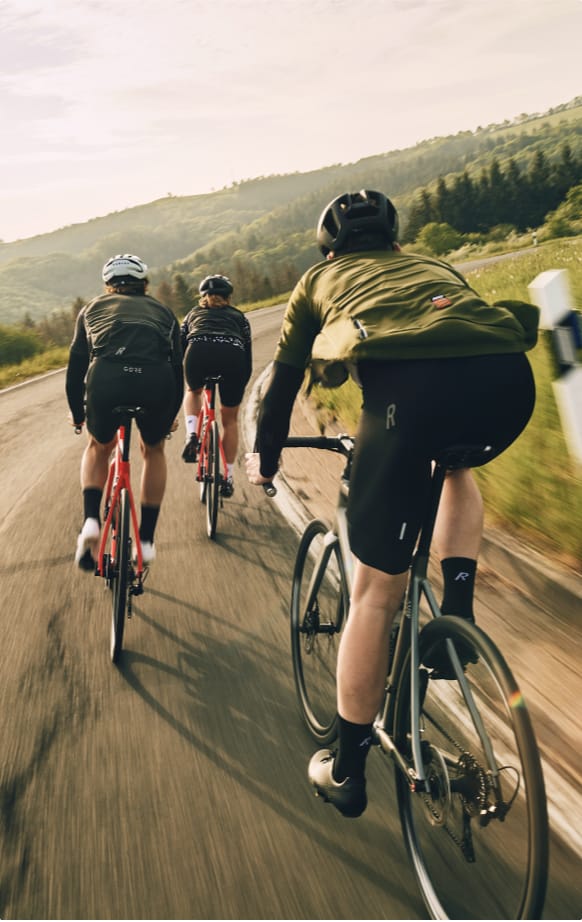)
)
)
)
)